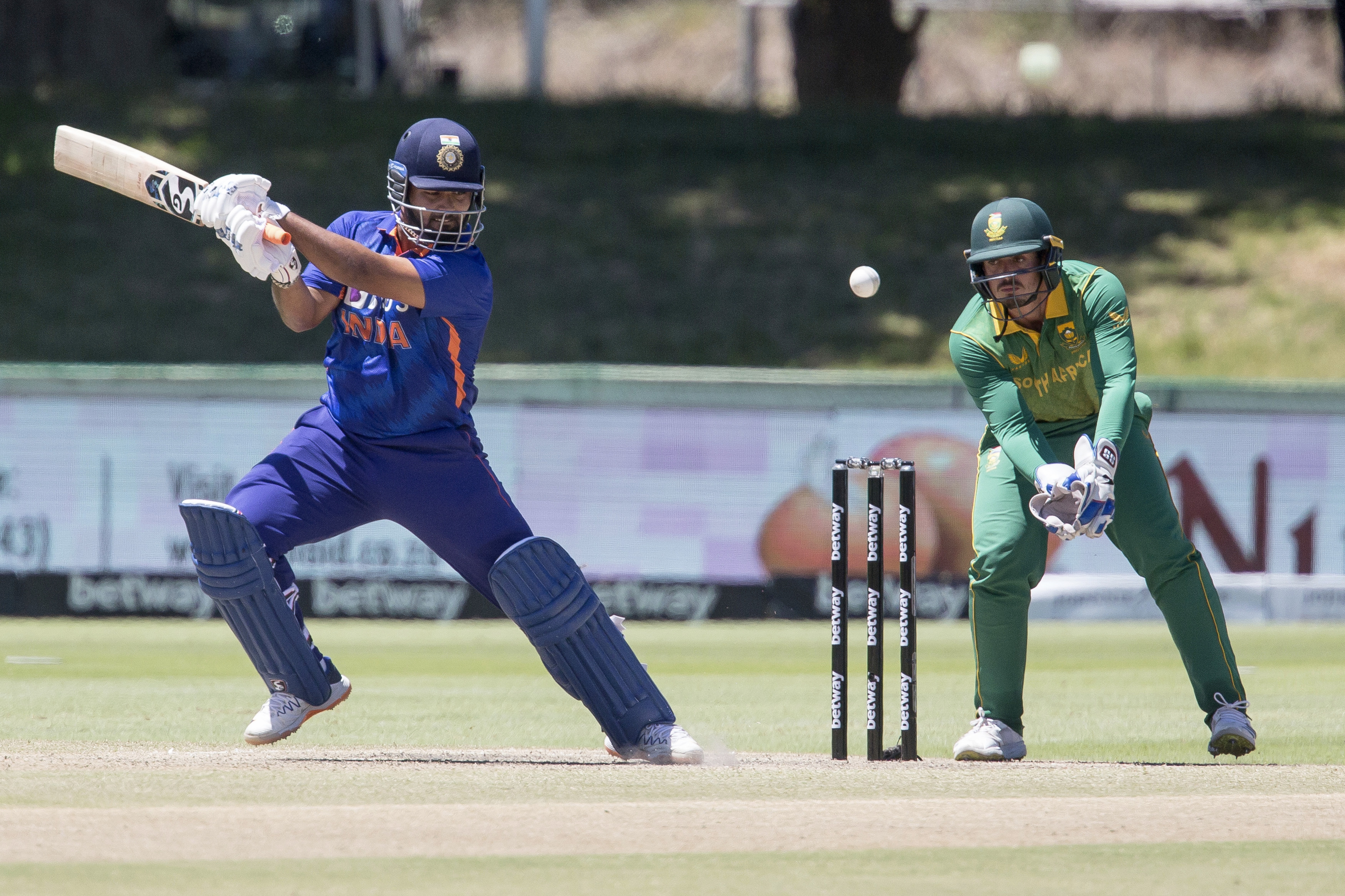There are many versions of a saying that equates to the same thing: Failure is a great teacher. If this is true, then in any sense, the Indian One Day International team would have been on the steepest learning curve in the last four days.
The truth is that they have completely failed and failed as a group. Worthy of reference have been individual performances, such as Shikhar Dhawan’s 79 in the first ODI, Rishabh Pant’s 85 in the second and Jasprit Bumrah’s relentless effort in the scorching sun in clear skies.
India vs South Africa: full coverage , photos , the schedule , result
But, apart from these, India has collectively failed. There’s no need to kick around the bush, make excuses, or try to create a different narrative.
The truth is that man for man, this Indian team is stronger than this South African team.
Janman Malan has had an exceptional start to his career but it is still too early to link him with the great limited-overs cricketers South Africa have produced over the years.
Read also: Rahul Captain expressed concern; Bumrah shines among the ruins
Quinton de Kock may feel relieved playing only white-ball cricket, but he always gives you a chance, as he did in the second ODI, only for India.
Temba Bavuma’s confidence as a leader is clearly growing and it is visible in his batting, where he is happy with the bowlers and sets the tone soon after coming to the crease. But, he is not yet a batsman who should be allowed to set the conditions for a bowling attack like India’s.
What about Rossi van den Dusen? If you did an online worldwide survey on the best batsmen in ODI cricket (and netizens from India tend to dominate such drills), van der Dussen would have been lucky to break into the top 10.
But, cricket is not a competition of popularity. Enforcing a cut-off of 30 ODIs, van der Dussen is comfortably the global leader among batsmen of all time. He is currently cruising at 75.94, Netherlands’ Ryan ten Dochet on 67, and India’s own Virat Kohli at 58.75.
What the two matches of this ODI series have shown India should be a serious cause for concern.
On a Boland Park pitch that was dull and flat – the very definition of an Indian surface in the summer months – India’s best batsmen have not been able to play spin well.
Aiden Markram is a fine batsman, but his off-breaks won’t make him a second-class team in league cricket in any major Indian city. And yet, bowled eight overs for 34 runs and took the wicket of Shikhar Dhawan.
On the same day, working with the same ball and working on the same pitch, R Ashwin, the world’s best offspinner, scored no runs for 68 runs in 10 overs. Rishabh Pant’s stumping error ensured that the wickets column remained at zero, but the runs showed how well the South African batsmen played spin.
There isn’t much to be learned from the series’ early 2-0 closure as much as a confession. Once one of the best players of spin bowling in the world, he is no longer the batsman of India.
Ever since the Board of Control for Cricket in India mandated a minimum of 4 mm of live grass on pitches in domestic cricket, the scenario has changed. Batsmen no longer grow up playing quality spin, and spinners are not encouraged to do the job they were selected for and only to spear in a few dry overs and in darts to maintain the over rate is used to.
As a result, the batsmen of India’s latest era are not as well equipped for milk spinners as they used to be. It has become rare to come down the pitch and work the ball away for a second or two, regularly, in a way that forces the bowler to adjust his length. Keeping the scoreboards smoothly, which forced captains to change grounds, has become almost non-existent.
Playing at unusual angles, manipulating the field, either to stretch it or bring it in, is an art that appears to be from a bygone era. It’s not quite like that, but it feels like it at the moment.
Mostly, it’s block, block, block and then it gets bigger. Which explains Pant’s recent success. But it is not a routine that works for all batsmen.
Questions should also be asked about India’s broader philosophy towards 50-over cricket. For starters, do they have one?
The batting approach seen against South Africa indicates a lack of clarity. The top three are all accumulators instead of destroyers (that’s what T20 cricket saves for) and if they don’t kick after setting up base, the middle and lower order batsmen get hurt.
But, the thing that should scare the captain and the coach the most is that this team looks unbalanced without doing all the way to the top of Rohit Sharma and Ravindra Jadeja as a floater.
If the absence of two players moves you from becoming a world-conqueror to an easier hunt, then the other people in the mix need to look in the mirror and ask yourself some serious questions.
get all IPL news and cricket score Here
,
